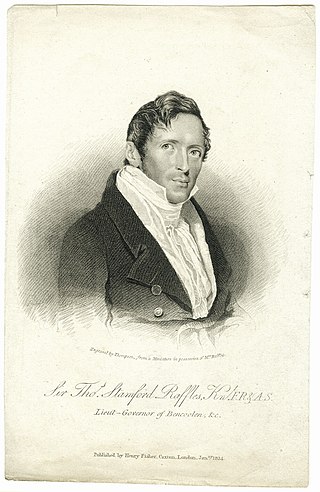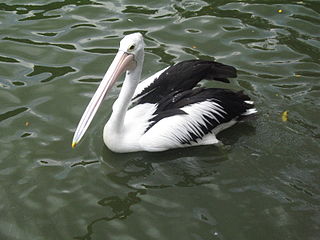
Prince Alexander Philipp Maximilian zu Wied-Neuwied was a German explorer, ethnologist and naturalist. He led a pioneering expedition to southeast Brazil between 1815 and 1817, from which the album Reise nach Brasilien, which first revealed to Europe real images of Brazilian Indians, was the ultimate result. It was translated into several languages and recognized as one of the greatest contributions to the knowledge of Brazil at the beginning of the nineteenth century. In 1832 he embarked on another expedition, this time to the United States, together with the Swiss painter Karl Bodmer.
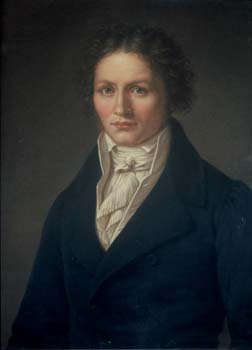
Johann Baptist Ritter von Spix was a German biologist. From his expedition to Brazil, he brought to Germany a large variety of specimens of plants, insects, mammals, birds, amphibians and fish. They constitute an important basis for today's National Zoological Collection in Munich. Numerous examples of his ethnographic collections, such as dance masks and the like, are now part of the collection of the Museum of Ethnography in Munich.

Carl Friedrich Philipp von Martius was a German botanist and explorer. Between 1817 and 1820, he travelled 10,000 km through Brazil while collecting botanical specimens. His most important work was a comprehensive flora of Brazil, Flora Brasiliensis, which he initiated in 1840 and was completed posthumously in 1906.
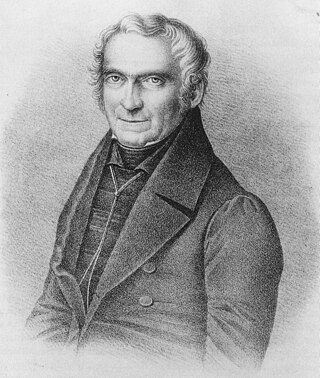
Johann Natterer was an Austrian naturalist and explorer. He was the son of royal falconer Joseph Natterer and along with his brother Joseph Natterer (1786–1852) took a keen interest in natural history. He collected natural history specimens extensively from South America and numerous species from his collections were named after him.

Georg Heinrich Freiherr von Langsdorff was a German naturalist and explorer, as well as a Russian diplomat, better known by his Russian name, Grigori Ivanovich Langsdorf.

João Barbosa Rodrigues was considered one of Brazil's greatest botanists, known especially for his work on orchids and palms. For nearly two decades he was director of the Botanic Garden of Rio de Janeiro. Something of a polymath, he was a prolific botanical artist who also made contributions to his country's ethnography, geography, linguistics, zoology, and literature. The standard author abbreviation Barb.Rodr. is used to indicate this person as the author when citing a botanical name.

Flora Brasiliensis is a book published between 1840 and 1906 by the editors Carl Friedrich Philipp von Martius, August Wilhelm Eichler, Ignatz Urban and many others. It contains taxonomic treatments of 22,767 species, mostly Brazilian angiosperms.

Caruru is a Brazilian food made from okra, onion, shrimp, palm oil and toasted nuts. It is a typical condiment in the northeastern state of Bahia, where it is commonly eaten with acarajé, an Afro-Brazilian street food made from mashed black-eyed peas formed into a ball and then deep-fried in palm oil.

Josef Anton Maximilian Perty was a German naturalist and entomologist. He was a professor of zoology and comparative anatomy at the University of Bern. His first name is sometimes spelled as "Joseph".
The Austrian expedition to Brazil was a scientific expedition which explored Brazil. It was organized and financed by the Austrian Empire from 1817 to 1835.
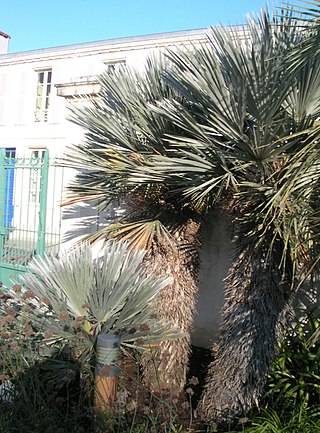
Trithrinax is a genus of flowering plants in the subfamily Coryphoideae of the family Arecaceae. The name is derived from ancient Greek, where tri means three, and thrinax trident. It was named in 1837 by Carl Friedrich Philipp von Martius, a German botanist and explorer.
Historia Naturalis may refer to:

Leopoldinia is a mostly monoecious genus of flowering plant in the palm family from northern South America, where they are known as jará palm or pissava palm. The two known species are commercially important, especially L. piassaba, which yields sustenance and construction material. The genus is named for Maria Leopoldina, archduchess of Austria, and Brazilian empress.

Lepidocaryum is a monotypic genus of flowering plant in the palm family from South America where the lone species, Lepidocaryum tenue, is commonly called poktamui. Nine species names have been published, but palm taxonomists currently agree that just one variable species includes them all. The most reduced member of the Lepidocaryeae, it is similar in appearance to two closely related genera, Mauritia and Mauritiella, as well as to the former genus Lytocaryum. The genus name combines the Greek words for "scale" and "nut" and the species epithet is Latin for "thin".
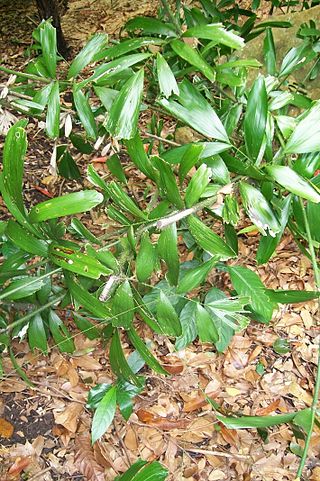
Calamus caryotoides, commonly known as fish-tail lawyer cane, is a climbing palm native to Queensland, Australia. Its habitat is rainforest and monsoon forest.
The Canindé River is a seasonal waterway flowing into the Parnaiba River near Amarante in the State of Piauí in northeastern Brazil. The stream flows for approx. 350 km from headwaters in the foothills on the Piauí/Pernambuco border northwest into Piauí then through Paulistana and Oeiras to Amarante on the junction of the Canindé with the Parnaíba. Oeiras is the main commercial center in the Canindé River valley. The biome type along the river is caatinga, which is composed of typical northeastern Brazilian semiarid vegetation. The river and fauna and flora of the environs were described by the German naturalists Johann Baptist von Spix and Carl Friedrich Philipp von Martius during their travels in Brazil in April and May, 1819.

Butia capitata, also known as jelly palm, is a Butia palm native to the states of Minas Gerais and Goiás in Brazil. It is known locally as coquinho-azedo or butiá in (northern) Minas Gerais. This palm grows up to 8m. It has feather palm pinnate leaves that arch inwards towards a thick stout trunk.















